Cyber Risk in Daily Life - Reporting From the Field
I tell people being in the cybersecurity business is a front-row seat for what’s really happening in the world of hacking and cybercrime. Especially...
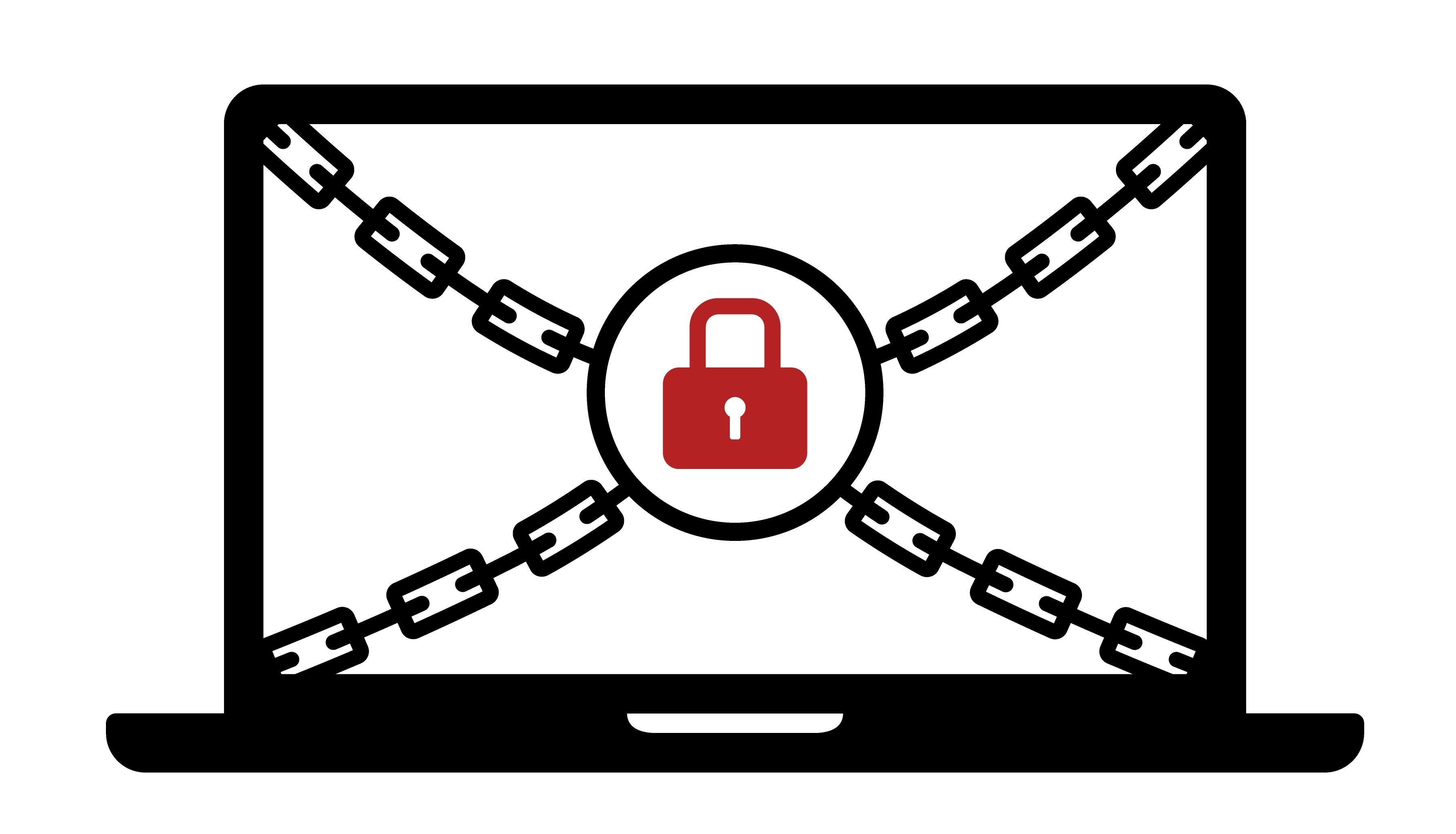
Ransomware is the evolution of extortion. It's one of the fastest growing crimes of 2015 and is trending higher with a capacity to become the #1 crime of the next 2-3 years. We predict ransomware will victimize ten's of millions of individuals before it's over and the easy money is exhausted.
Here are the four things to know to protect yourself, and a few steps to drastically reduce the chances of being victimized by its uncompromising demands and certain consequences.
The Four Things to Know About Ransomware.
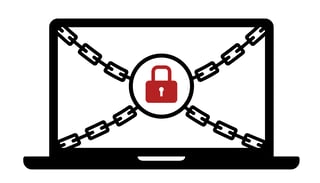
![]() What is it and how does it work?
What is it and how does it work?
![]() What are the risks?
What are the risks?
![]() What are the demands?
What are the demands?
![]() What can I do about it?
What can I do about it?
Ransomware is a strain of an internet virus. Hackers, invisible to you and potentially coming from anywhere in the world, seize control of your computer or phone and kidnap your hard drive to hold for ransom.
Your electronic life is held under the lock-and-key of encryption, and you can't have it back unless you meet the perpetrator's demands. You are typically given one hour, or more, to comply or risk losing everything, including the operability of your computer itself.
"The worst part of being a victim of a ransomware attack is that you have no control whatsoever of the situation."
Unless you have a perfectly backed up and restorable image of your hard drive, operating system, and data - you're a hostage and powerless to do anything but find a way to meet the demands.
Anyone from anywhere in the world can conduct a ransomware attack with software that is easily available on the internet and does not require special technical expertise to operate. Amateur cyber criminals use the software to attack large pools of random targets, with little chance of getting caught. In some cases, attacks have successfully scored individual and organized groups ten's of millions of dollars in ransom, a few hundred dollars at a time.
Actual screenshots from the ransomware virus:

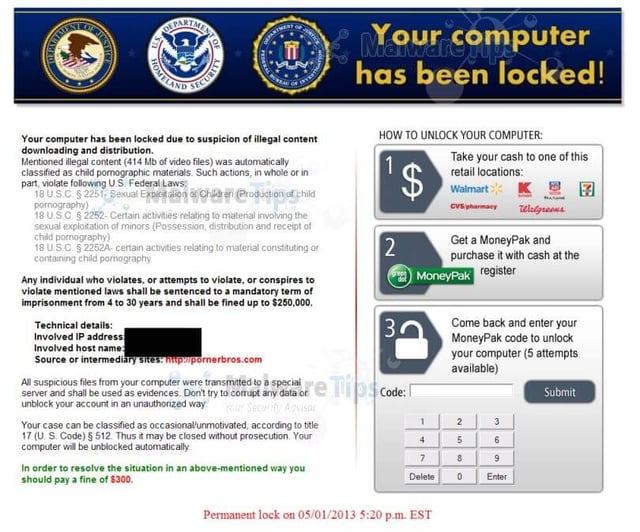
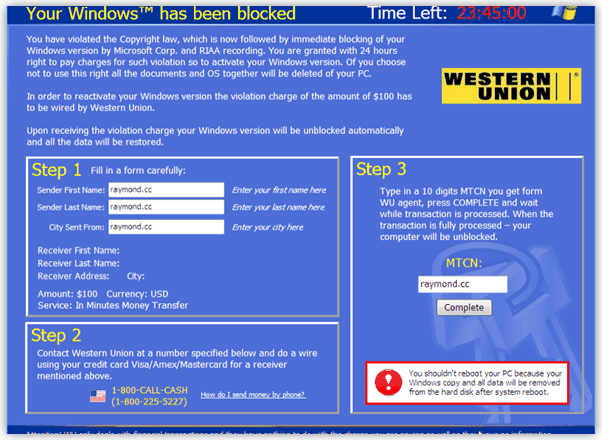
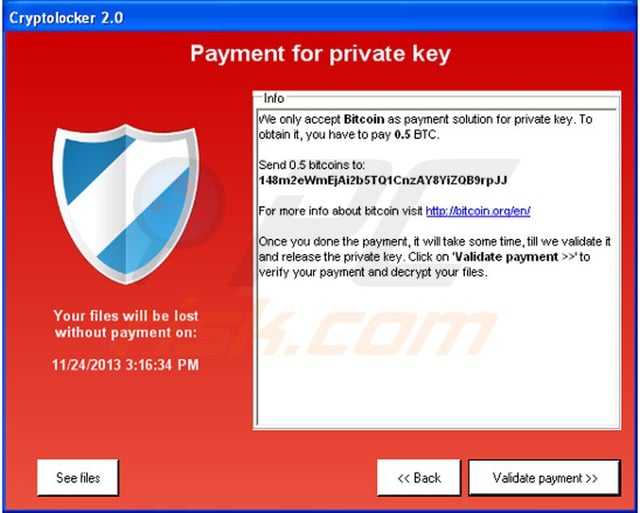
Ransomware holds your computer and data for hostage in exchange for a ransom. If you comply, you suffer the financial damage of meeting their payment demands but you get your stuff back.
If you don't comply; the hackers have encrypted your hard drive - scrambling it and leaving it impossible to restore. They hold the keys and without being able to unencrypt your drive, it is almost certain you will lose all of your information and the use of your computer.

The only safe harbor you have in the event of a ransomware attack is if you've made a recent replica of your hard drive at a location off of the computer itself. This is rarely the case. So, most victims pay the ransom and in turn, get the keys to unencrypt and take back control of their computer and information.
In some cases, the contents of the hard drive are stolen and analyzed for potential blackmail or other fraud schemes. Many ransomware strains use a threatening assumptive measure - assuming you hold potentially embarrassing or sensitive information they will use against you.
The demands are almost always affordable and within the grasp of the victim. The assault is designed to be this way. And, typically the perpetrators are good for their word - they do what they say they will do because its good for business. They want to be known for making good on the deal to enhance their chances of success again for the next time they attack.
Financial terms vary but typically entail anywhere from a couple of hundred to a couple of thousands of dollars. Payment conditions are more complicated. BitCoin and other digital currencies are favored, and the requirement usually sends the victim into a tailspin trying to figure out how to complete the transaction in time.
When the virus takes control, the clock is set for one-hour, sometimes more. Demands must be met before the time elapses to receive the encryption keys, or suffer the loss of losing information and the operation of the computer itself.
Time ticks on the screen as the victim arranges payment - there is no negotiating - the hackers are in complete control.
If payment is met according to their demands, you get the keys and control of your computer back. In the preponderance of reported cases, the hackers made good. Though in many cases, regardless of the payment outcome, the computer itself is never quite the same and operates poorly thereafter.
Awareness -
The #1 defense from ransomware is user awareness - as is the case with all cyber risk today. Email phishing is a primary method of perpetration from ransomware attacks and an informed and aware end-user is still the most effective means of defending from ransomware. Users must be prepared to spot suspicious emails and WHEN IN DOUBT, DELETE IT OUT.
Protective Software -
Ransomware is an infection of the computer or smartphone - the device itself has a virus that has seized control and is being operated by a criminal hacker from a remote location. Protection requires serious device protection software, including modern versions of antivirus and intruder defenses. RMM or Remote Monitoring and Management services are optimal. The barrage of sophisticated and evolving attacks that will increasingly bombard our electronic personal space require an equally dynamic response.
Click here for more information about Device Protection.
Total Digital Security provides leading-edge cyber security technologies to individuals, families, offices, and practices - without the need for expensive hardware or IT expertise. Talk to us about how you can defend yourself, and those around you from your #1 risk today and into the future.

I tell people being in the cybersecurity business is a front-row seat for what’s really happening in the world of hacking and cybercrime. Especially...

In a significant cybersecurity breach, the National Public Data company — a firm aggregating and storing vast amounts of personal information — was...

"Total Digital Security combines best-in-science solutions made available to anyone, with real-world information and resources that everyone can use...
Congrats! You've just become a magician. This is the do-it-all module where you can let your creativity run wild. The best part is that it's just going to keep getting more and more awesome over time.